Filter by

A History of Discoveries at Halicarnassus, Cnidus and Branchidae
Charles Thomas Newton (1816–1894) was a British archaeologist specialising in Greek and Roman artefacts. He studied at Christ Church, Oxford before joining the British Museum. Newton left the Museum in 1852 to explore the coast of Asia Minor, and in 1856 he discovered the remains of the Mausoleum of Halicarnassus, one of the seven ancient wonders of the world. This study, first published in 1…
- Edition
- -
- ISBN/ISSN
- 9780511910296
- Collation
- -
- Series Title
- Cambridge Library Collection - Archaeology
- Call Number
- -
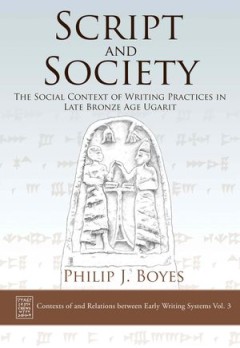
Script and Society the Social Context of Writing Practices in Late Bronze Age…
By the 13th century BC, the Syrian city of Ugarit hosted an extremely diverse range of writing practices. As well as two main scripts – alphabetic and logographic cuneiform - the site has also produced inscriptions in a wide range of scripts and languages, including Hurrian, Sumerian, Hittite, Egyptian hieroglyphs, Luwian hieroglyphs and Cypro-Minoan. This variety in script and language is ac…
- Edition
- -
- ISBN/ISSN
- 9781789255867
- Collation
- -
- Series Title
- -
- Call Number
- -

A Mid-Republican House From Gabii
Since 2009 the Gabii Project, an international archaeological initiative led by Nicola Terrenato and the University of Michigan, has been investigating the ancient Latin town of Gabii, which was both a neighbor of, and a rival to, Rome in the first millennium BCE. The trajectory of Gabii, from an Iron Age settlement to a flourishing mid-Republican town to an Imperial agglomeration widely though…
- Edition
- -
- ISBN/ISSN
- 9780472999002
- Collation
- -
- Series Title
- -
- Call Number
- 930.1 MID m
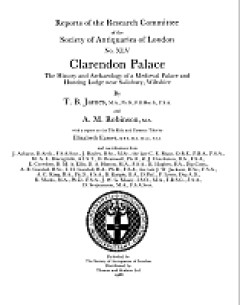
Clarendon Palace. the History and Archaeology of a Medieval Palace and Huntin…
This volume gives an account of all the excavations undertaken at Clarendon in the twentieth century, including those of 1933–9 led by John Charlton and Tancred Borenius and the excavations by Elizabeth Eames and John Musty in the 1950s and 1960s. The history, archaeology and finds are examined together for the first time to present a detailed picture of palace life.
- Edition
- Ed. 1
- ISBN/ISSN
- 9780854312481, 9780854312481
- Collation
- 260
- Series Title
- Reports of the Research Committee of the Society of Antiquaries of London, 45
- Call Number
- 930.1 BEA c
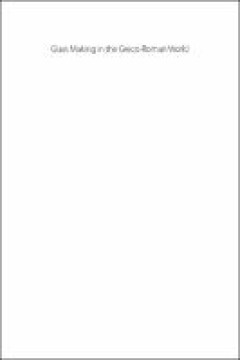
Glass Making in the Greco-Roman World: Results of the Archglass Project
This book presents a reconstruction of the Hellenistic-Roman glass industry from the point of view of raw material procurement. Within the ERC funded ARCHGLASS project, the authors of this work developed new geochemical techniques to provenance primary glass making. They investigated both production and consumer sites of glass, and identified suitable mineral resources for glass making through …
- Edition
- Ed. 1
- ISBN/ISSN
- 9789461661579
- Collation
- 190
- Series Title
- Studies in Archaeological Sciences, 4
- Call Number
- 930.1 DEG g
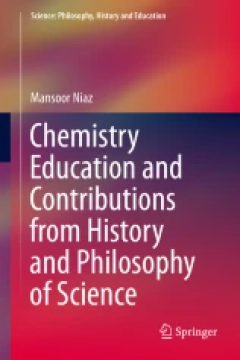
Historical Archaeologies of Capitalism
This new edition of Historical Archaeologies of Capitalism shows where the study of capitalism leads archaeologists, scholars and activists. Essays cover a range of geographic, colonial and racist contexts around the Atlantic basin: Latin America and the Caribbean, North America, the North Atlantic, Europe and Africa. Here historical archaeologists use current capitalist theory to show the resu…
- Edition
- -
- ISBN/ISSN
- 978-3-319-12759-0
- Collation
- XV, 489
- Series Title
- -
- Call Number
- 330.12 HIS
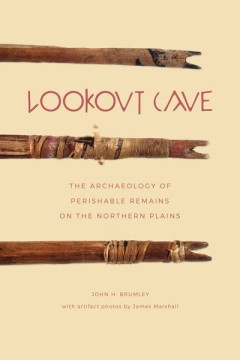
Lookout Cave the Archaeology of Perishable Remains on the Northern Plains
In the mid-1960s as a young high school student John Brumley visited Lookout Cave for the first time and knew immediately that the site was exceptional. The cave, located in north central Montana, was initially discovered in 1920 but it wasn’t until 1969 that a field crew from the University of Montana excavated a large portion of the remote site. The materials recovered in that excavation re…
- Edition
- -
- ISBN/ISSN
- 9781771991803
- Collation
- -
- Series Title
- Recovering the Past: Studies in Archaeology
- Call Number
- 280 pages

A Historical and Topographical Guide to the Geography of Strabo
Strabo's Geography, completed in the early first century AD, is the primary source for the history of Greek geography. This Guide provides the first English analysis of and commentary on this long and difficult text, and serves as a companion to the author's The Geography of Strabo, the first English translation of the work in many years. It thoroughly analyzes each of the seventeen books and p…
- Edition
- -
- ISBN/ISSN
- 9781316848203
- Collation
- -
- Series Title
- -
- Call Number
- -
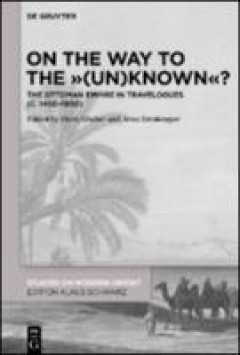
On the Way to the (Un)Known?: The Ottoman Empire in Travelogues (c. 1450-1900)
Twenty-two authors from various countries analyze travelogues on the Ottoman Empire between the fifteenth and the nineteenth centuries. The volume discusses questions of perceptions of "otherness", the circulation of knowledge, intermedial relations, gender roles, and explores possibilities and limits of digital analysis.
- Edition
- Ed. 1
- ISBN/ISSN
- 9783110698046, 9783110697605
- Collation
- 420
- Series Title
- Studies on Modern Orient, 36
- Call Number
- 297 ONT o
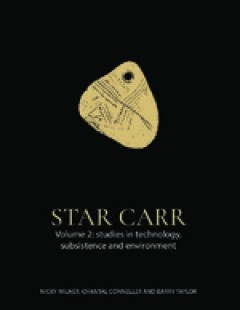
Star Carr Volume 2: Studies in Technology, Subsistence and Environment
"Star Carr is one of the most important Mesolithic sites in Europe. It was discovered in the late 1940s by John Moore and then excavated by Grahame Clark from 1949-1951, becoming famous in the archaeological world for the wealth of rare organic remains uncovered including barbed antler points and antler headdresses. However, since the original excavations there has been much debate about how th…
- Edition
- Ed. 1
- ISBN/ISSN
- 9781912482016
- Collation
- 600
- Series Title
- -
- Call Number
- 930.1 STA s
 Computer Science, Information & General Works
Computer Science, Information & General Works  Philosophy & Psychology
Philosophy & Psychology  Religion
Religion  Social Sciences
Social Sciences  Language
Language  Pure Science
Pure Science  Applied Sciences
Applied Sciences  Art & Recreation
Art & Recreation  Literature
Literature  History & Geography
History & Geography